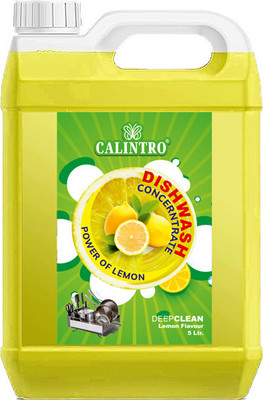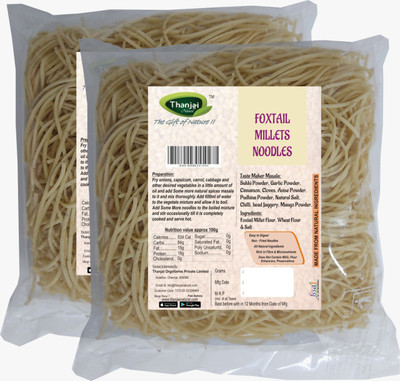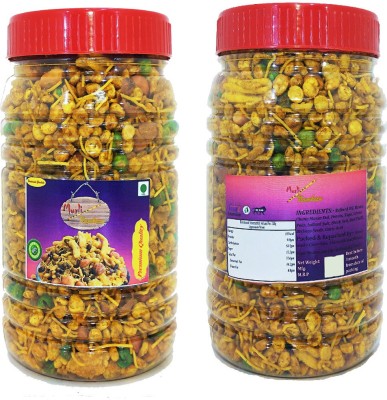
Share
SICCA Hing-200g-P1 (200 g)
4.3
38 Ratings & 3 ReviewsSpecial price
₹228
₹350
34% off
@285/250g
Available offers
T&C
T&C
T&C
Delivery
Check
Enter pincode
Delivery by3 Jul, Thursday|₹65
?
View Details
Highlights
- Form FactorGranules
- Pack of: 1
- Quantity: 200 g
- Ready MasalaNo
Services
- Cash on Delivery available?
Seller
Description
SICCA HING is India's spices brand known for its matchless product quality and innovative approach.SICCA Bandhani Hing is tasty and healthy. This hing is made from all natural and herbal ingredients. Hing is used in different dishes for flavour. SICCA Bandhani Hing has a unique flavour, taste and medicinal values. SICCA Ayurveda makes these from premium grade herbals and flavoured medicated ingredients. To enjoy the amazing taste and cherish your health, use SICCA Bandhani Hing.Prepare a variety of dishes with the Brand - SICCA Compounded Hing. Asafoetida hing) has an authentic natural aroma adding taste and flavour to your final preparation. It comes in a conveniently sized bottle, making it easy to use and store in your kitchen cabinet or spice rack. The Brand SICCA Compounded Hing is ideal for preparing tadka as well as enhancing the flavour of Indian dishes and delicacies. Prepare dal, masala puri, biryani rice, khandvi, moong and more with this spice. The Brand SICCA Compounded Hing has an authentic natural. It adds taste and flavour to your final preparation/ dishes.Hing (asafoetida) can be used for preparing tadka as well as enhancing the flavour of various dishes. Add hing to dal, masala puri, biryani rice, khandvi, moong and more to enhance its flavour.This spice product from Brand SICCA comes in a conveniently sized pet bottle. It is easy to use and store in your kitchen cabinet or spice rack.
Read More
Specifications
In The Box
| Sales Package |
|
| pack_of |
|
General
| Brand |
|
| Type |
|
| Form Factor |
|
| Quantity |
|
| Container Type |
|
| Gourmet |
|
| Added Preservatives |
|
| Maximum Shelf Life |
|
| Organic |
|
| Cuisine |
|
| Ingredients |
|
| Caloric Value |
|
| Regional Speciality |
|
| Manufactured By |
|
| Type of Usage |
|
| Nutrient Content |
|
| Flavor |
|
| Ready Masala |
|
| Net Quantity |
|
Additional Features
| Certification |
|
| Other Features |
|
Dimensions
| Width |
|
| Height |
|
| Depth |
|
| Other Dimensions |
|
Legal Disclaimer
|
Ratings & Reviews
4.3
★
38 Ratings &
3 Reviews
- 5★
- 4★
- 3★
- 2★
- 1★
- 28
- 4
- 1
- 0
- 5
5
Worth every penny
Very nice taste and smells really good 💯💯
Buy this product go for it
READ MOREBuy this product go for it
Komal Gupta
Certified Buyer, New Delhi
4 months ago
0
0
Report Abuse
1
Moderate
Not applicable product
READ MOREvyas ramesh
Certified Buyer, Jaisalmer
Jun, 2024
0
0
Report Abuse
Be the first to ask about this product
Safe and Secure Payments.Easy returns.100% Authentic products.
Back to top














